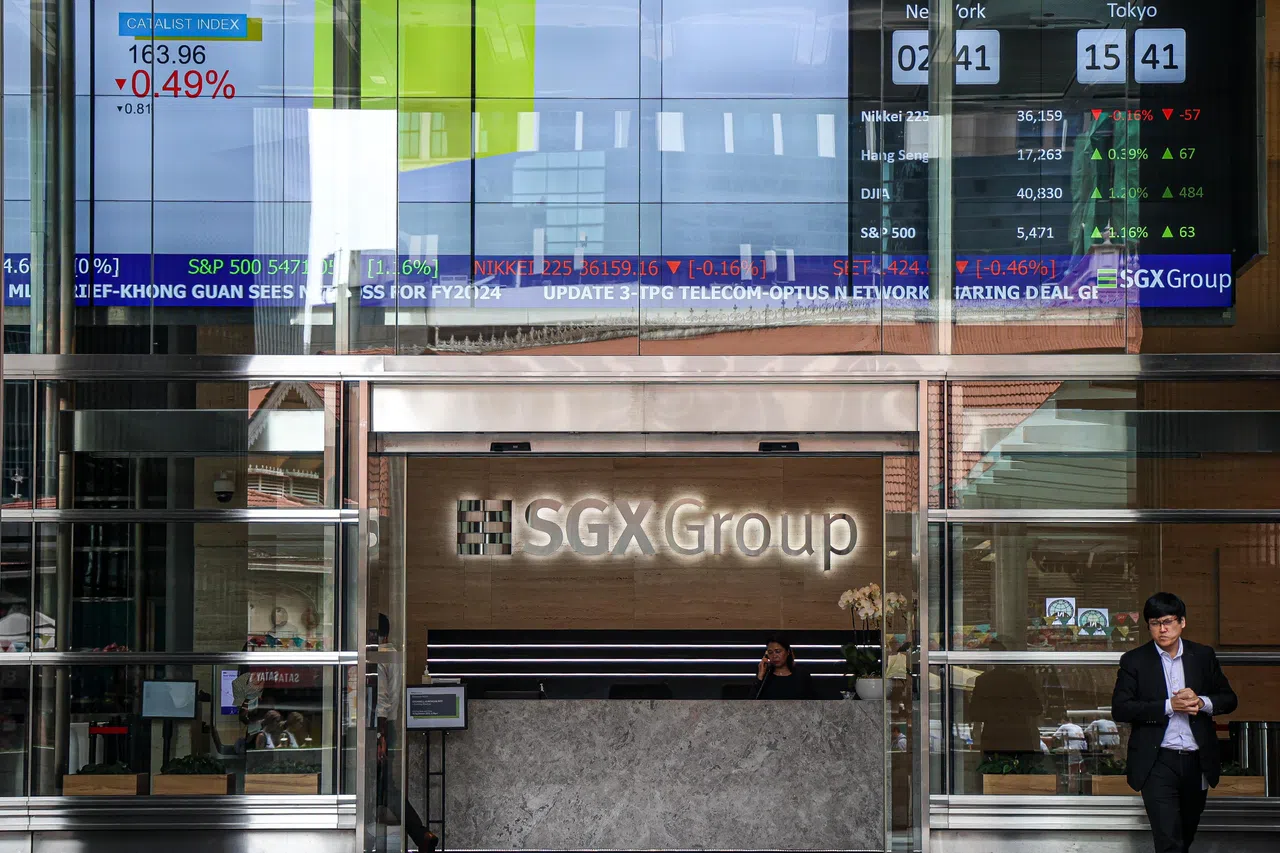[SHANGHAI] Contemporary Amperex Technology Co Ltd, the world’s biggest producer of batteries for electric vehicles, unveiled the latest versions of its cells, playing up the durability and range of its products as the perceived limits of EVs still stop many consumers from making the switch.
CATL teased the latest innovations at its Tech Day on Monday (Apr 21) in Shanghai – a multi-hour event that took place in a converted warehouse on the outskirts of China’s financial capital. Hundreds of media, influencers and industry watchers crowded in to hear from CATL chief technology officer Gao Huan and to catch a glimpse on the big screens of billionaire founder and chairman, Robin Zeng.
Zeng only took to the stage near the end of the event, to promise it would become an annual occurrence and remind people that CATL has “never defined itself as a battery manufacturer but a pioneer of the clean energy system.”
Even so, one of the main products CATL talked about was an upgraded version of its Shenxing battery, a cell it says can now offer 520 km of range from just five minutes of charging time. BYD, which is primarily an automaker but which also makes its own batteries and semiconductors, recently launched a car system it says can charge a vehicle for 400 km in about the same time.
CATL batteries can already be found in a wide range of automakers’ EVs. Tesla is one of its top customers and it has a technology licensing agreement with Ford Motor Its hold on the world’s market for EV batteries is hard to overstate. CATL commands a share of around 38.2 per cent based on data for the first two months of the year, according to SNE Research. Its nearest competitor BYD is at 16.9 per cent.
Also a popular topic at Monday’s event, taking place a few days ahead of China’s annual premier auto show, were sodium-ion batteries.
BT in your inbox
Start and end each day with the latest news stories and analyses delivered straight to your inbox.
CATL said its sodium-ion cell, called Naxtra, is ready for commercialisation and has been tested under a number of extreme circumstances, including very cold weather and fire. Even after being placed in an ice chamber with a temperature of minus 40 degrees Celsius, Naxtra had zero power degradation, executives said.
Naxtra should give a hybrid vehicle around 200 km of range, stretching to 500 km for an EV.
Sodium-ion batteries offer several advantages including being more cost effective due to the abundance and lower price of sodium compared to lithium. They also have higher safety and stability, considering sodium is less reactive, reducing the risk of fire hazards.
Company executives believe sodium-ion could eventually take up half of the market share that’s currently dominated by lithium, iron and phosphate batteries led by the likes of CATL and BYD.
CATL also unveiled a range of dual-power batteries that can offer a maximum 1,500-kilometre range on a single charge, a new high bar in a Chinese-led industry that’s continuing to pursue innovation in a cut throat matter. CATL said it’s able to achieve such a range using a regular super-fast charging battery cell and a separate auxiliary cell side-by-side to give an upgraded performance.
Speaking at a press conference later after the main event had wrapped, executives threw parting shots at rivals and spoke about the pricing wars that are chipping away at revenue.
The “rat race” in the battery price war isn’t healthy but a rat race is needed in terms of “development of the product,” Ouyang Chuying, co-president of CATL’s research and development division, said. “We hope the national standard can be very high and get rid of products that are poor quality.”
CATL’s innovation and success in car batteries has also given it the ability to push into more ambitious areas, such as electric vertical takeoff and landing craft, or eVTOLs.
While a battery for an airborne craft wasn’t a topic of Tech Day, CATL has said its eVTOL, powered by one of its electric cells, can fly up to 250 km – the equivalent of New York to Philadelphia, or Brussels to Amsterdam – at speeds of 200 km per hour.
CATL reported a 33 per cent jump in first-quarter earnings earlier this month, with net income of 14 billion yuan (S$2.5 billion) versus estimates of 13.8 billion yuan defying a drop in the prices of the cells that power EVs. Revenue grew just over 6 per cent year on year to 84.7 billion yuan, short of estimates for 95.5 billion yuan.
Its shares are down around 13 per cent since January. BLOOMBERG







